Introduction
Hi there! Today's issue of Focus is a compilation of tips on what to do and what not to do when photographing an event. It applies to both professionals and amateurs, regardless of the equipment you use, and it's based on my experience in concerts, backstage videos, and various documentary projects.
Focus is a bi-weekly newsletter written by Nacho Dramis. Subscribe to get it free in your email. If you enjoy the content and find it useful, you can make a financial contribution to support the project through Cafecito (Argentina) or PayPal (Worldwide).
Este newsletter también está disponible en español.
The idea for this post came from watching a colleague at a festival make, in my opinion, horrendous mistakes in his work (and after studying it for a while, I realized it wasn't incompetence, but rather that he was intentionally doing what he was doing… well). So, what was originally going to be called "How to be a terrible event photographer" gradually shifted towards a more positive approach over the days. For that, I made a small inventory of things I do when working at events that apparently are not obvious or shared by everyone. Needless to say, this is an opinion and MY way of doing things, not the definitive commandments. I'll organize the article into an unordered collection of "what to do" and "what not to do."
By the way, I'd like to thank Alejo, Chelo, and Edu (with whom I've shared countless Brancaleone gigs) for providing feedback on what they see me doing differently from my colleagues or what positively catches their attention about my way of working.
The photos accompanying the article are a small selection from a coverage I did in 2019 of the Fiesta del Pescado y el Vino (Fish and Wine Festival) in Gualeguaychú.
To set the mood, here's the playlist of full albums with some findings and recommendations, along with a live performance by Morcheeba in Berlin from 2018 that's amazing.
What to do when taking photos at an event
Have a conversation beforehand to understand what the client expects from your photos. What they want you to do and what they don't.
Know your equipment as much as possible to avoid setbacks and automate settings that could cause you to miss a shot that won't come back. Essential: Read the manual! I never tire of repeating it, even though it may seem obvious, it's the best source of information on the subject.
Talk to people, be friendly, ask for permission, explain what you're doing. This softens expressions, erases distrust, and it reflects in the shots.
The more you know about people and the connections between them, the more attentive you can be to capturing details in their interactions.
If you can have information about the geography and lighting of the venue in advance, even better. Pre-scouting, photos/videos from previous events, data from organizers, can give you a strategic advantage.
Upon arrival, survey the lighting of the venue. If possible, also talk to the technical staff, especially the lighting technician. Introduce yourself, try to understand how familiar they are with the venue and the people involved in the event (if they've already heard the band, if anyone has given them instructions, etc.).
Try to arrive early and leave after the event itself; interesting things happen during these times too. If you're doing this for money, make sure to charge for this as well; we don't live on air 🙂.
Ask if there's a schedule or event grid, keep it handy, and have the contact of whoever manages it in case of any changes. This ensures you're always where the action is happening.
Don't let your guard down for a second. Well, maybe when you go to the bathroom, people don't like getting their photos taken in the bathroom (at least without notice and consent, haha). I've startled more than one by walking in with the camera around my neck.
There are shots that we all know work and must be taken, but also make room for innovation. That's where interesting narratives emerge, those micro-stories that endure beyond a good shot and sometimes even expand into multiple captures. Give prominence to the simple so it doesn't go unnoticed.
Don't stay still, try to cover all angles, and use diverse shots. This can help overcome limitations of time or location, or make them less noticeable, compensating with variety. It sounds complex because things happen in an instant unlike other graphic arts, but it's about practice and can also be complemented with cropping in post-processing.
Edit, retouch, and deliver as quickly as possible, even if only partially. Attendees' interest in the event fades as the days go by.
What NOT to do when taking photos at an event
Try to limit the use of flashes and invasive lights, or at least discuss it beforehand. Apart from potentially altering the scene, they can bother both artists and spectators.
You're not the protagonist of anything. People came to see a show or event (depending on the event, they might have even paid an entry fee), not a photographer. Stay out of sight and out of the way as much as possible.
It's okay to try to help things run smoothly (like transporting equipment and instruments to the stage, for example), but never neglect your role or hinder those who are there to do that job.
The photos are always, always, always less important than the event itself, as obvious as it may seem. Anything you do that makes someone enjoy the event less is wrong. Your role is to capture a moment for later, but the priority is for people to enjoy the moment in the present.
Thanks for reading!
Focus is a bi-weekly newsletter written by Nacho Dramis. Subscribe to get it free in your email. If you enjoy the content and find it useful, you can make a financial contribution to support the project through Cafecito (Argentina) or PayPal (Worldwide).
Another way to support the project is by purchasing prints and various items with my photos in my international store on RedBubble. I don't have a store for Argentina yet, but I hope to solve that soon.
The links to Notion and Moment are affiliate links, which means that if you buy something from them, you pay the same and I earn a commission.
You can also follow me on Instagram, Behance, and Twitter. Sharing my articles helps a lot and is free :)
Este newsletter también está disponible en español.





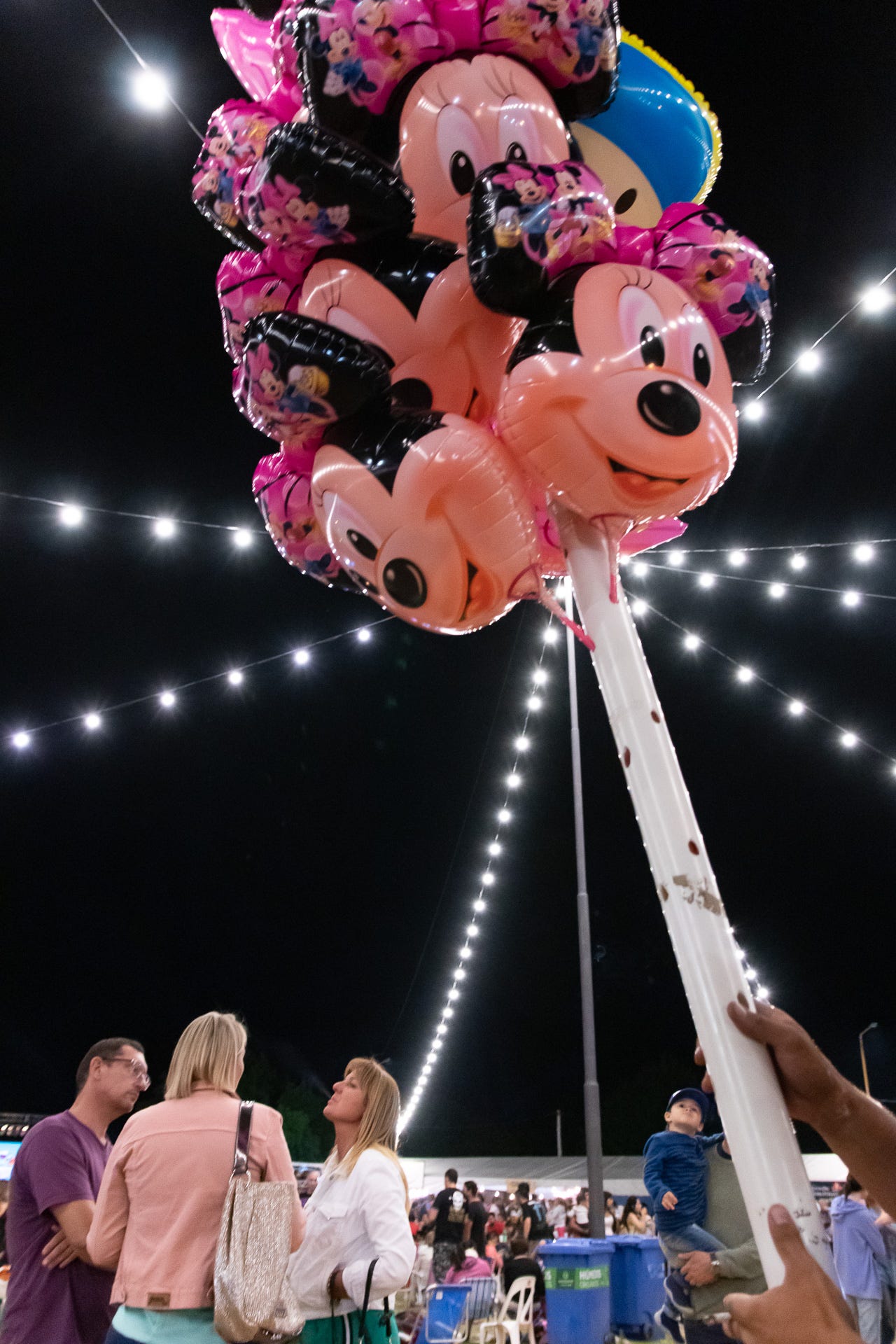
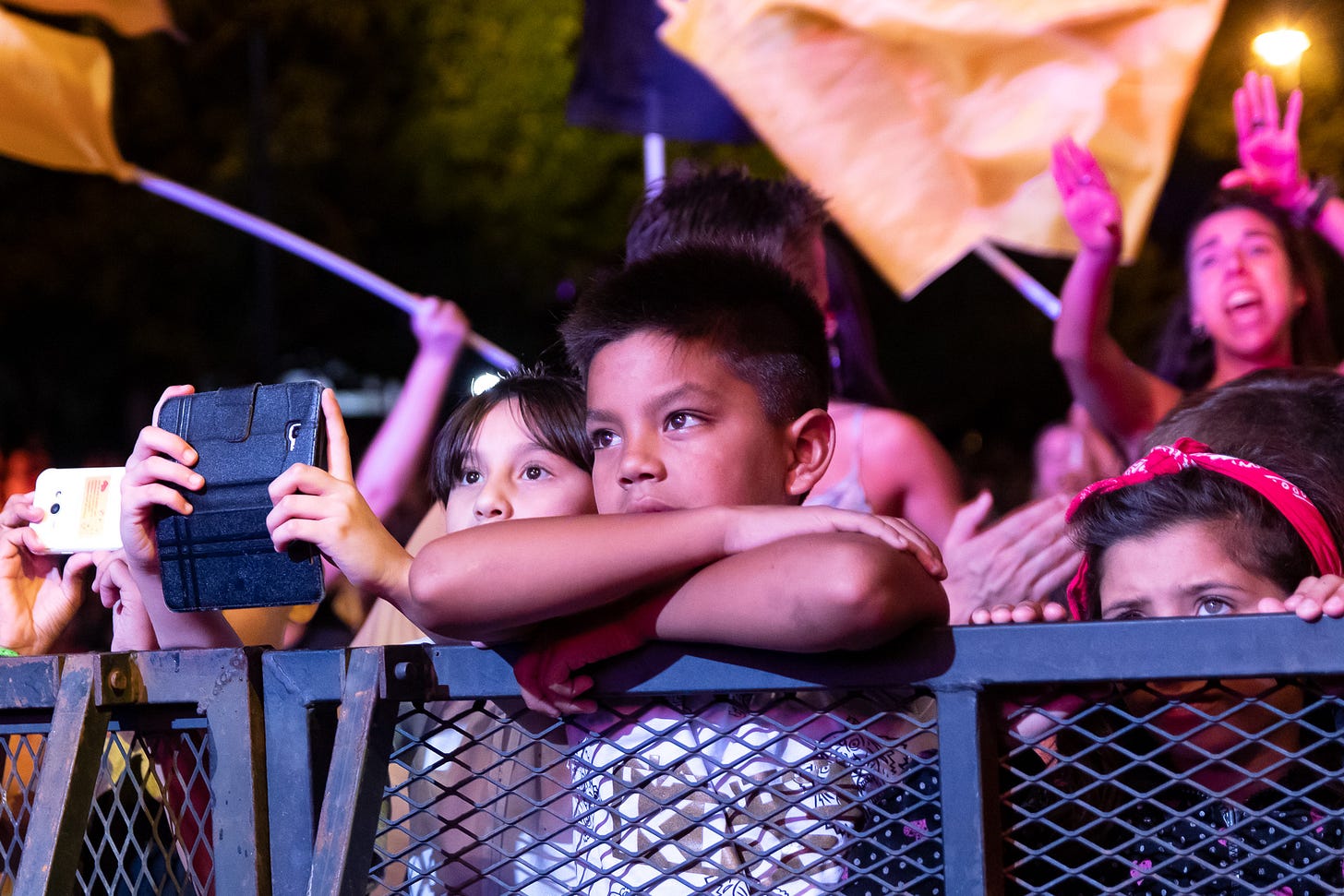


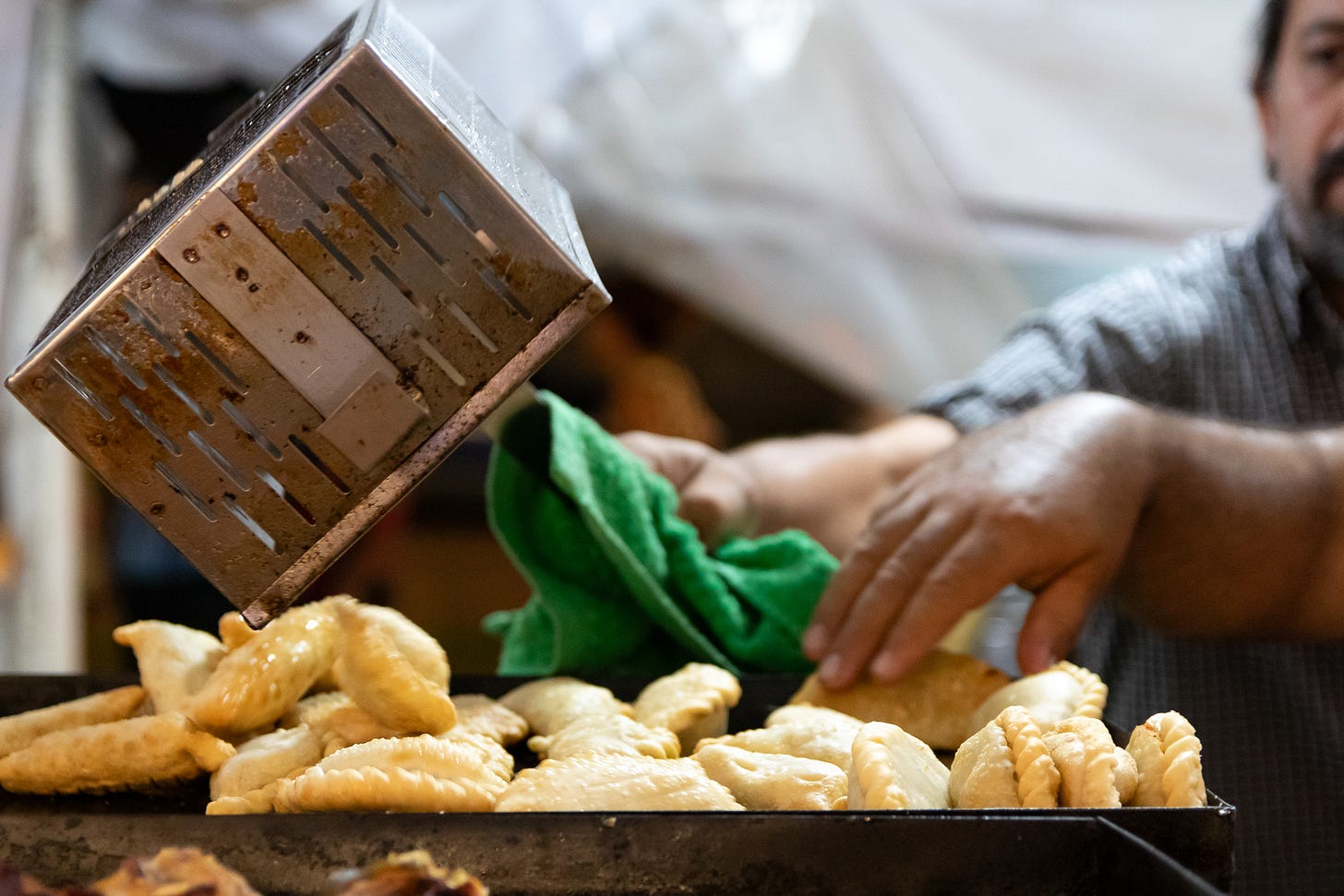
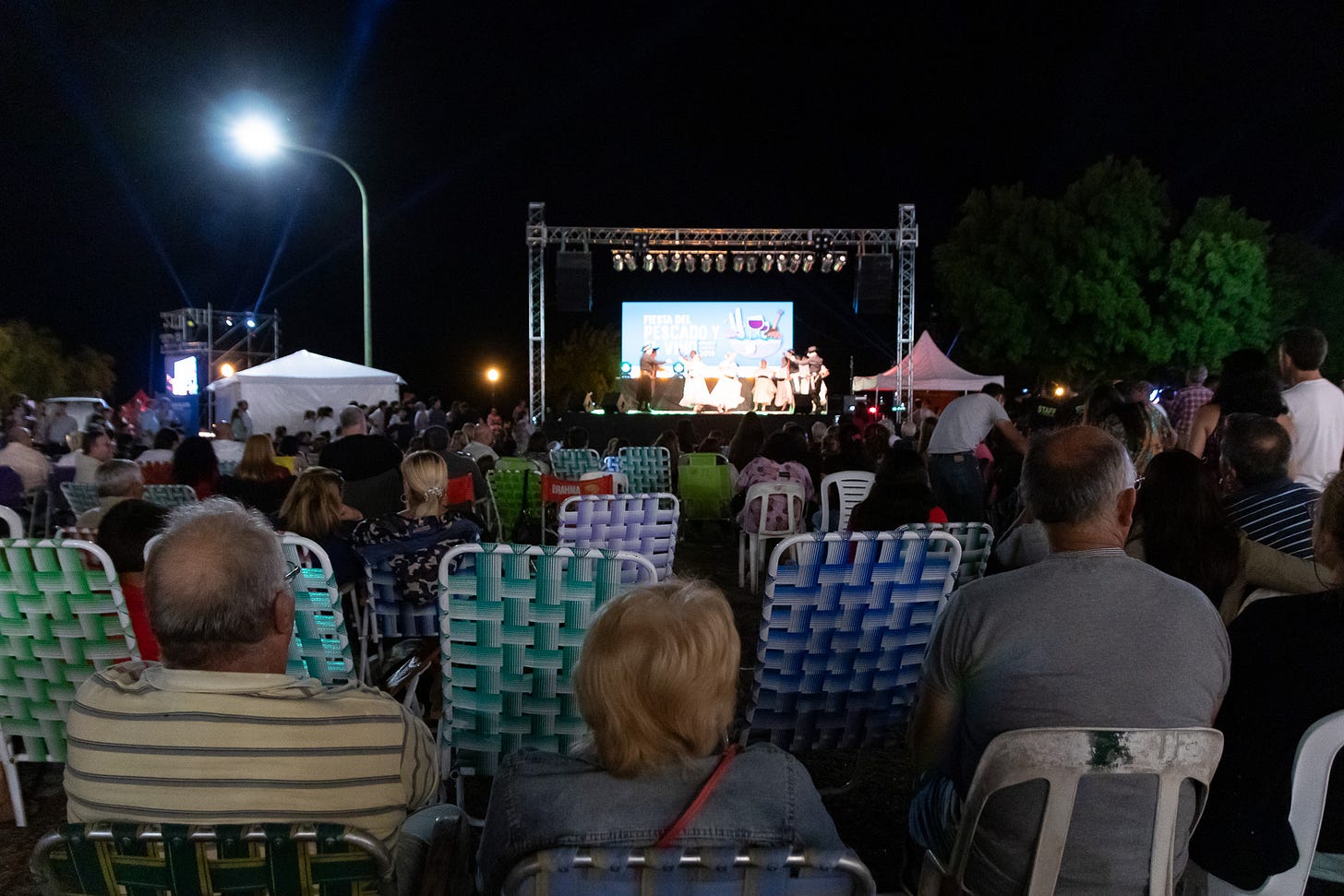

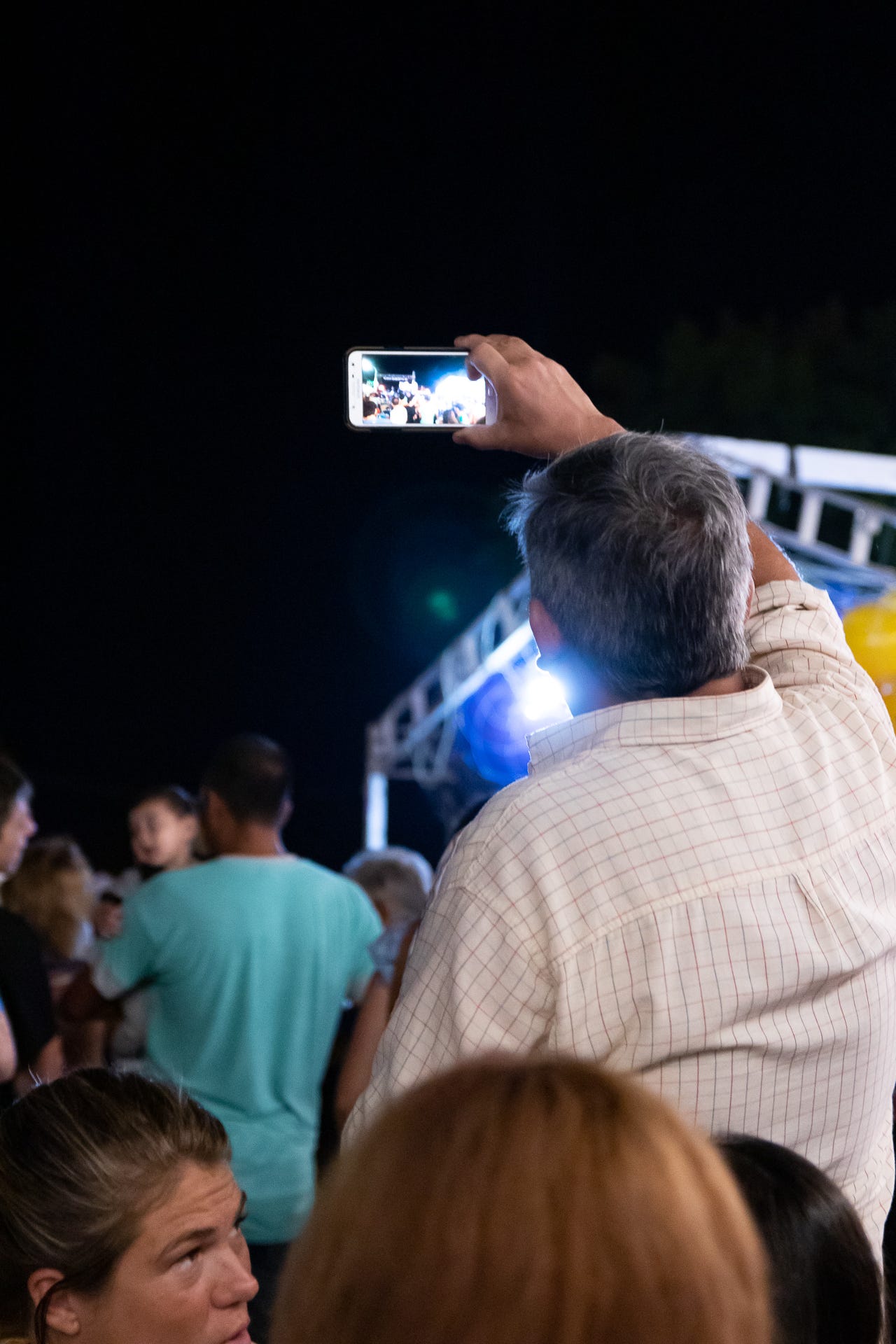

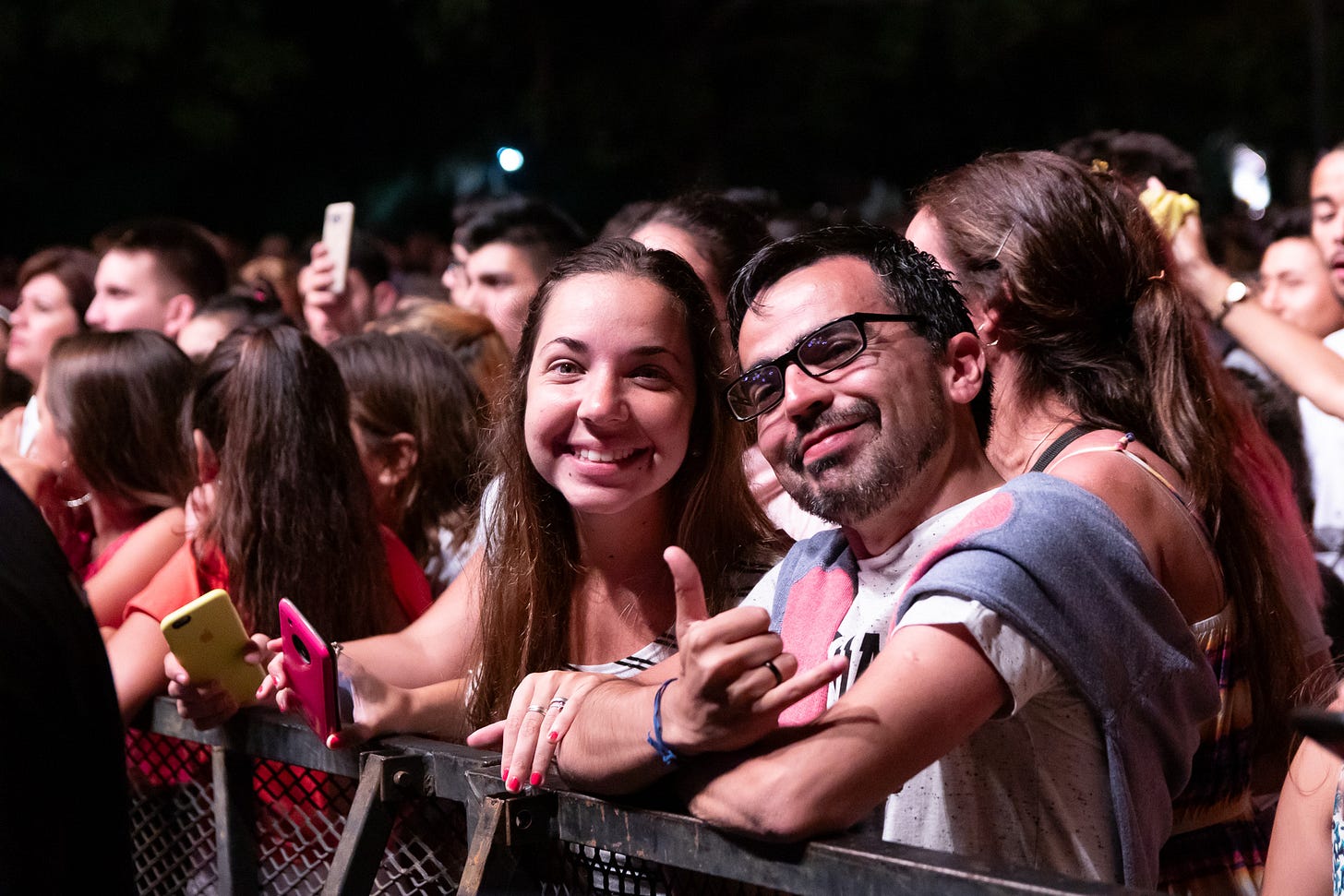


Very good tips, thank you so much.